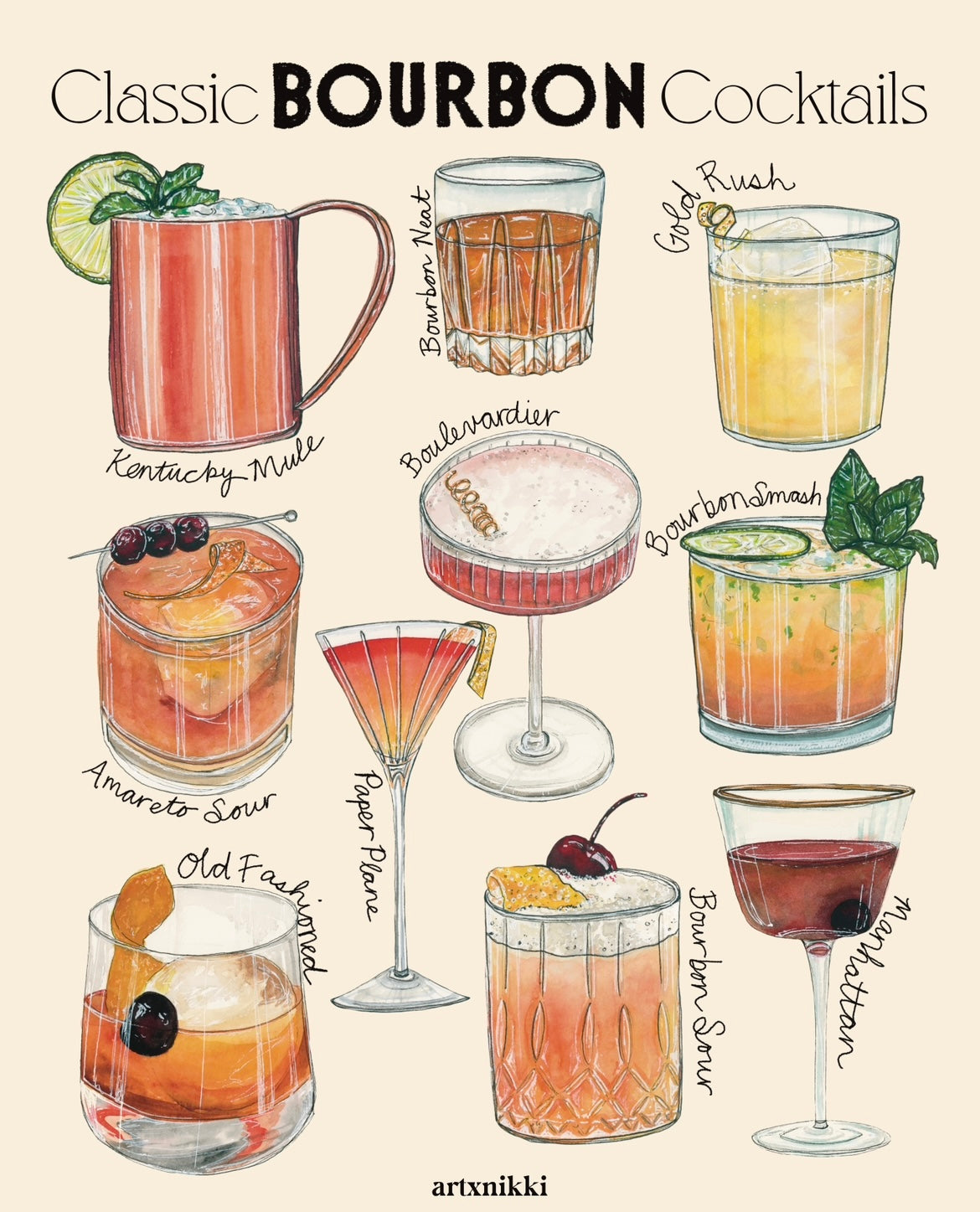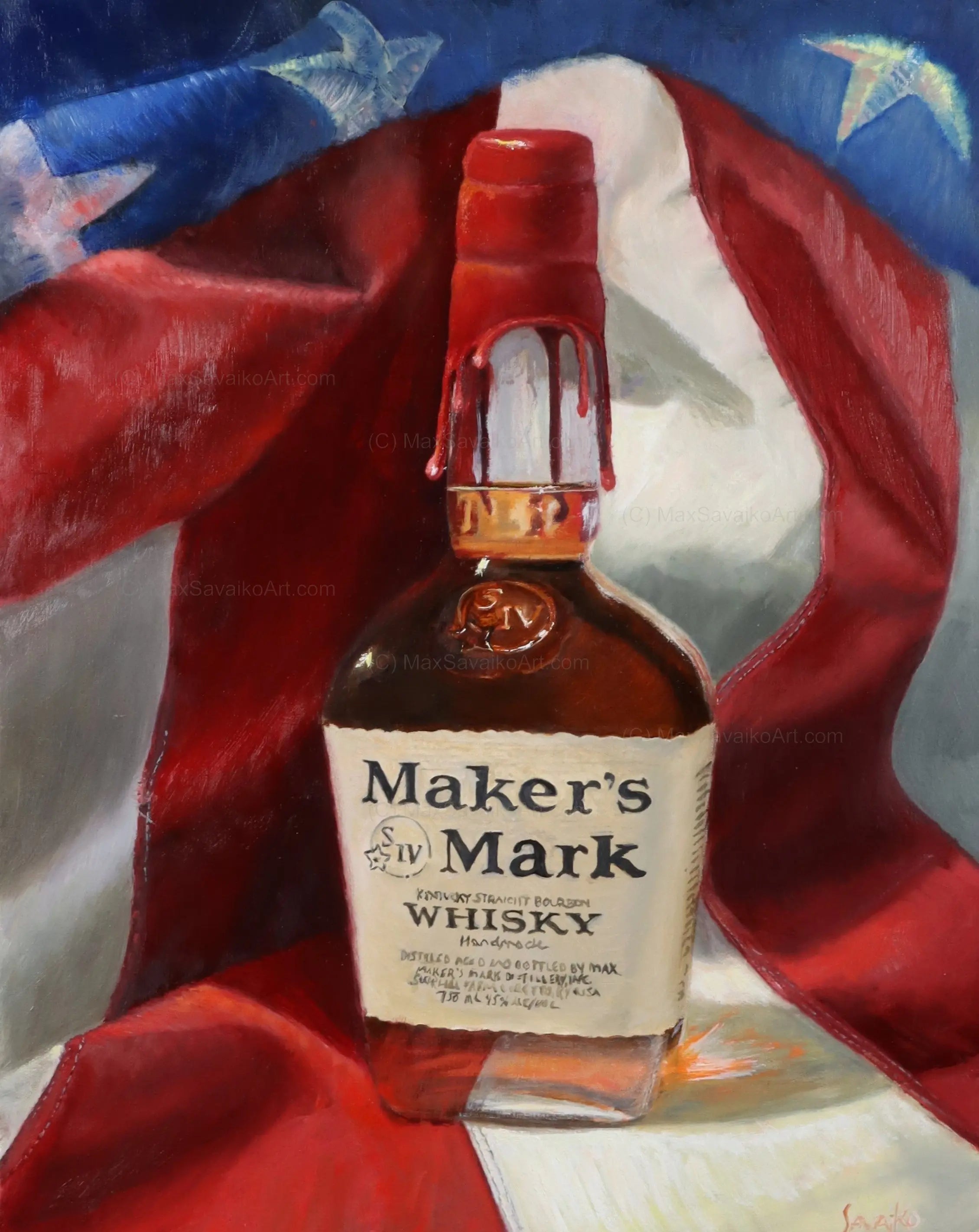Whiskey Art as a Declaration: Just How It Enhances Home Decoration
Whiskey Art as a Declaration: Just How It Enhances Home Decoration
Blog Article
Catching the Essence of Whiskey Art With Unique Aesthetic Representations and Styles
The art of scotch expands past the liquid itself, showing up with a selection of visual depictions that encapsulate its fabled heritage and workmanship. From the thorough style of tags that convey brand narratives to evocative photography that catches the spirit's appeal, each imaginative expression serves to enhance the customer's journey. As the market accepts contemporary fads, the discussion bordering these depictions ends up being intricate and increasingly abundant, meaning deeper links in between society and imagination. What continues to be to be discovered is how these evolving designs mirror not only the bourbon itself but also the changing landscape of artistic interpretation.
The History of Whiskey Art

As whiskey production spread, so also did the need to boost its experience via art. From the detailed inscriptions on very early casks to the elaborate labels of modern bottles, each element mirrors a special imaginative vision, functioning as an aesthetic narrative of the whiskey's heritage.
In the 18th and 19th centuries, the rise of the industrial change additionally improved bourbon art, bring about innovative packaging and advertising that recorded customer focus. Designers and artists began try out appearances, imbuing whiskey-related imagery with symbolic definitions that conveyed concepts of practice, area, and workmanship.
Today, whiskey art proceeds to progress, mixing conventional approaches with modern art types. Whiskey Art. This continuous discussion in between the spirit and its aesthetic depiction underscores the long-lasting bond in between scotch and society, enriching the overall experience for enthusiasts worldwide
Iconic Container Styles
While lots of elements add to the appeal of bourbon, legendary bottle styles play a critical duty in forming consumer understanding and enhancing the general experience. The aesthetic presentation of whiskey bottles is not simply an aesthetic factor to consider; it serves as a bridge in between the product and the customer, evoking feelings and setting expectations.
Distinct forms, products, and closures can boost a bourbon brand name's identification, making it instantaneously well-known on jampacked shelves. The classic Glenfiddich container, with its sophisticated tapered shape, conveys a feeling of practice and craftsmanship, while the strong, modern layout of the Balvenie container reflects advancement and sophistication. Moreover, using colored glass or distinct appearances can suggest the high quality and personality of the whiskey within.
Iconic designs often incorporate elements of social heritage, representing the brand name's history and connection to its roots. Brands like Jack Daniel's use a straightforward, robust style that resonates with its American scotch heritage. Eventually, the impact of container layout extends beyond simple capability; it envelops the significance of the brand name, inviting consumers to indulge and check out in the rich tapestry of scotch culture.
Tag Art Work and Branding
Container layouts usually set the stage for what consumers can anticipate, yet tag art work and branding play a similarly considerable function in interacting a bourbon's identification. The label functions as the initial factor of get in touch with in between the customer and the product, enveloping the significance of the bourbon within its aesthetic components.
Reliable tag artwork combines images, color, and typography to create a narrative that resonates with the brand's heritage and target market. For instance, a label including detailed pictures and classic fonts may evoke a sense of practice and craftsmanship, interesting aficionados. On the other hand, bold shades and modern-day layout aspects might bring in a younger demographic seeking development and exhilaration.


Digital Photography and Visual Storytelling
Recording the essence of scotch through photography and aesthetic storytelling is an art kind that raises the brand experience. This tool transcends plain product depiction, diving right into the intricate narratives that border each container. By using engaging images, photographers can stimulate emotions that reverberate with consumers, ultimately creating a much deeper connection to the whiskey brand.
Aesthetic storytelling in scotch photography typically uses rich appearances, illumination, and composition to highlight the one-of-a-kind attributes of the spirit. The interplay of light and darkness can highlight the amber colors of scotch, while the choice of background aspects-- such as rustic barrels or classy glassware-- can reinforce the brand's heritage or lifestyle organizations.
Additionally, capturing the ritualistic facets of scotch intake, from the putting to the sampling, invites audiences right into a sensory experience, web allowing them to visualize the flavors and aromas that await. Each photo not just showcases the product but likewise tells a story of craftsmanship, practice, and the minutes that bourbon can enhance - Limited Edition. Thus, digital photography becomes a powerful tool in expressing the identification of bourbon brand names, positioning them within the broader social landscape
Emerging Fads in Bourbon Art
The evolution of whiskey art is significantly formed by contemporary trends that mirror more comprehensive social shifts and consumer preferences. This change not only highlights the value of sustainability but also boosts the narrative surrounding whiskey manufacturing.
In addition, electronic art has actually risen in popularity, permitting cutting-edge representations of whiskey. Musicians are leveraging modern technology to craft immersive experiences, such as increased fact installments that engage customers and provide a much deeper understanding of scotch's social importance. This trend also extends to social media platforms, where visually striking content garners attention and cultivates neighborhood amongst fanatics.
In addition, partnerships in between whiskey brands and musicians are becoming much more prevalent. These partnerships yield limited-edition packaging styles and unique artworks that commemorate both the craftsmanship of scotch and the imagination of artists. As scotch art remains to evolve, these emerging fads will unquestionably shape its future, cultivating a vibrant junction of society, sustainability, and technology within the scotch community.
Verdict
In conclusion, the art of scotch encompasses a varied range of visual representations that show its rich heritage and workmanship. From renowned container styles and complex label art work to compelling digital photography, each element adds to a wider narrative that enhances the customer's experience. As emerging fads, such as electronic art and sustainability, proceed to shape this artistic landscape, the diverse identity of scotch stays a sustaining resource of cultural connection and exploration.

In verdict, the art of scotch incorporates a varied selection of aesthetic representations that show its abundant heritage and craftsmanship.
Report this page